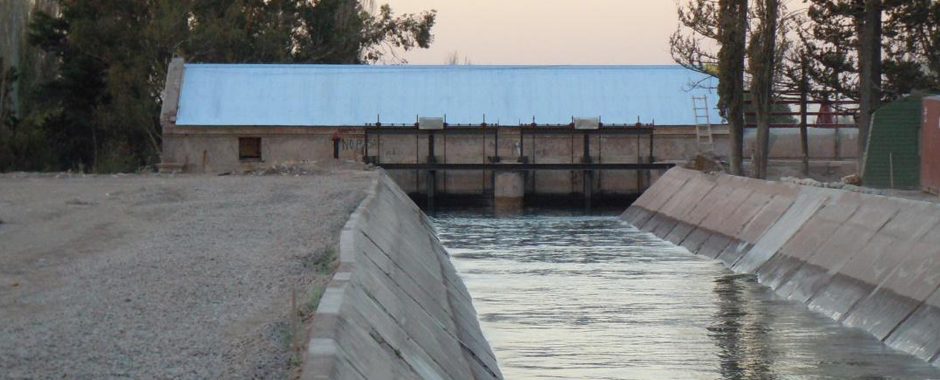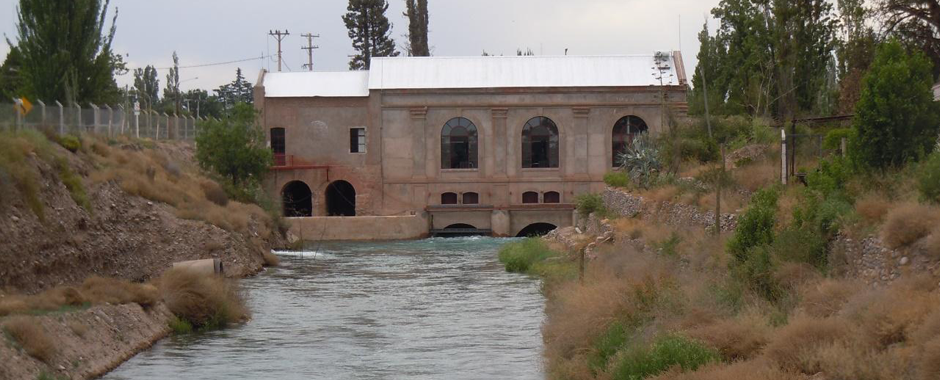Brief Historical Review
The Hydroelectric Power Plant in Luján de Cuyo - nicknamed “La Lujanita” - was built around 1890 and was expanded around 1912. It came into service to supply the consumption of farms located in the surroundings and eventually it supplied energy to the trolley of that time, thus replacing blood traction.
Later on, it was acquired by Cía. de Electricidad de Los Andes [Los Andes Electricity Company] - of American capitals - and assigned to provide the public electricity service.
Eventually, it was taken over by Agua y Energía[Water and Energy Company], which abandoned it in the ‘60s.
Due to the dismemberment of AyE, the assets passed to EMSE and after its privatization, it was abandoned in the residual fund of EMSE and physically left to vandalism.
Subsequently, through Act No. 7810, the province of Mendoza assigned the residual Plant - which was in an advanced state of dismantling due to theft and vandalism - to UNCu. Thus, the FI/UNCu was granted the usufruct of the destroyed building and its waterfall for a period of 50 years.
The original idea of UNCu, through its FI, was to build a laboratory for this house of studies and a water museum; however, due to different suggestions, the FI organized a public tender of projects in order to select a technical representative with the purpose of making the investment, executing all the necessary works and actions for its valorization, carrying out the technical operation and commercializing the energy produced by the hydroelectric exploitation.
Having our company, SIRJ SRL, been chosen, we took possession through the concession of the site for 15 years, with the option to renew this term. We started to work on the recovery of the canals, the construction of the generator room and of the equipment.
From that moment on, the main declared objective was the generation of electricity, and when the first International Renewable Energy Tender (GENREN) was launched, SIRJ decided to submit the project to this tender, bidding up to 1,7 MW - which supply an average of 4.500 families in the area.
SIRJ won within the framework of the aforementioned tender on June 30, 2010, and the agreement with ENARSA/CAMMESA was formalized in January 2011.
The property is located between the right bank of the Cacique canal and Cipolletti avenue, in the Department of Luján de Cuyo, approximately 20 km southwest of the city of Mendoza.
The power plant was built taking advantage of the height difference of the Cacique Guaymallén canal in that area; generating energy through the irrigation flows caught from the Mendoza River at the Cipolletti dam.
The Work is developed from the intake area on the aforementioned canal, adduction floodgates, adduction canal, gravel chamber, loading mirror, bottom unloader with a length of approximately 500 m to the generator room, which also possess a loading mirror and its lateral spillway.
The generator room begins with gratings, loading gates, loading chambers and suction pipes.
Finally, the water, after running through the turbines, is discharged through the restitution canal, which extends for about 800 m, until it returns to the Cacique Guaymallén canal.





